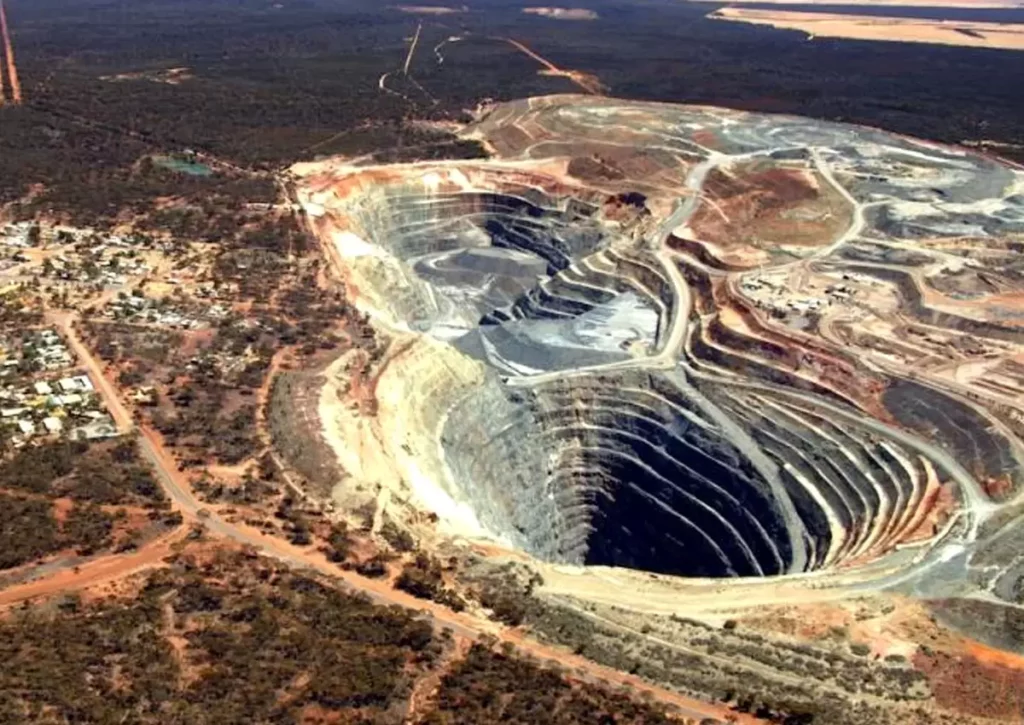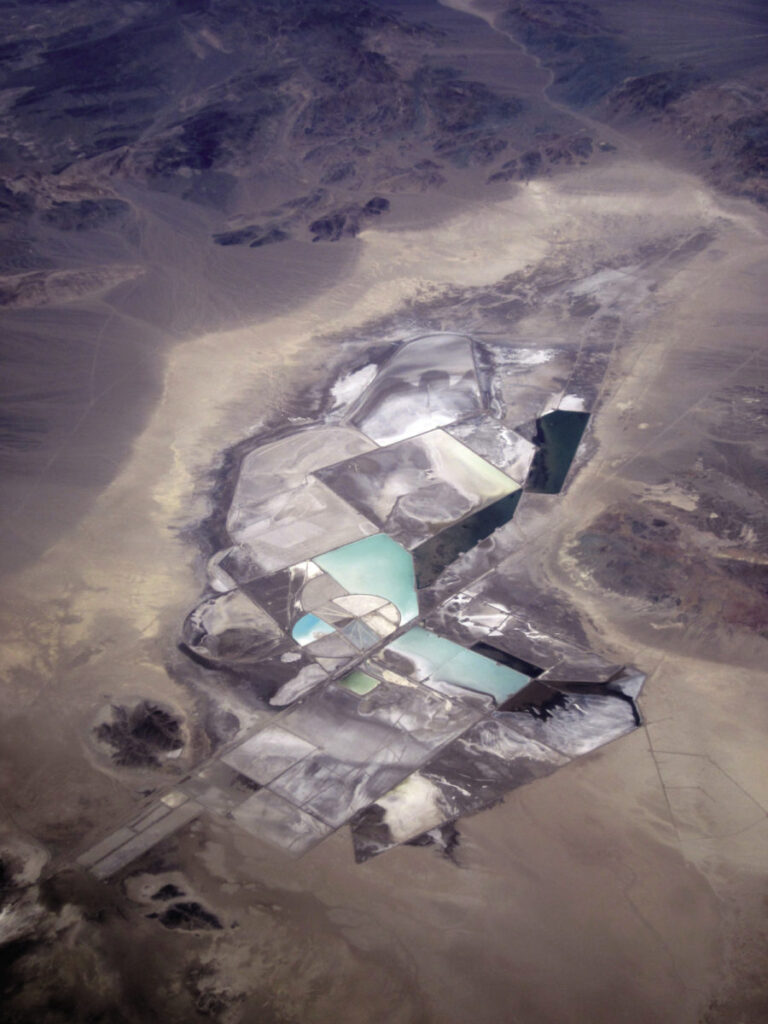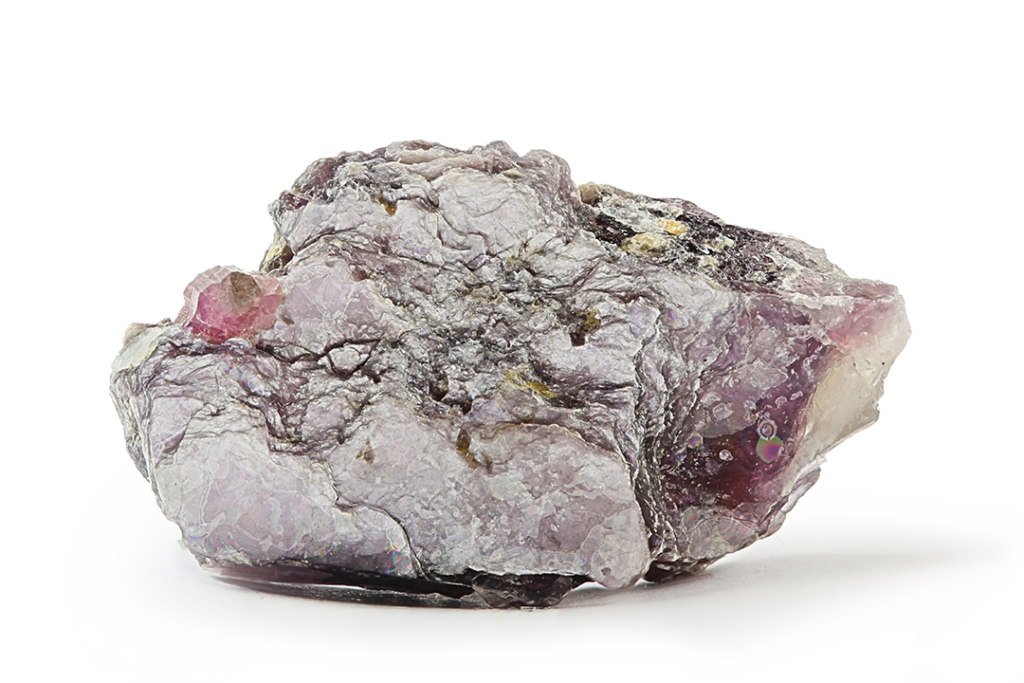In an era where the world is earnestly striving to combat climate change and transition to clean energy sources, the mining of lithium has emerged as a critical player in electrifying the future. The surging demand for this precious resource, driven by the soaring popularity of electric vehicles (EVs) and the widespread adoption of renewable energy technologies, has turned lithium into a sought-after commodity, often referred to as “white gold.” This article delves into the world of lithium extraction, exploring its significance, extraction methods, environmental and social impacts, and the pivotal role it plays in advancing the clean energy transition.
When you visit EssayPro.com, you are greeted with a user-friendly interface that makes the process of ordering a paper straightforward and hassle-free. The website also offers a wide range of services, ensuring that students can find help with whatever type of assignment they are struggling with. EssayPro.com understands that students have diverse needs, and it strives to cater to all of them.

The Role of Lithium Ion Batteries in Electrifying the Future
Lithium-ion batteries are the linchpin of the electric vehicle revolution. These batteries, characterized by their high energy density, make it possible for electric cars to travel longer distances on a single charge. This is a crucial factor in enticing consumers to make the switch from traditional fossil fuel-powered vehicles to electric ones. In addition to EVs, batteries are also used in mobile phones, laptops, and an array of portable electronic devices.
These batteries function by utilizing the chemical properties of lithium ions. When an electric vehicle is in use, lithium ions move between the positive and negative electrodes of the battery, creating an electrical current that powers the vehicle. This technology has revolutionized the mobility sector and significantly reduced carbon emissions, contributing to global efforts to combat climate change.
The Growing Demand for Lithium
Lithium, a lightweight metal known for its exceptional energy density, is at the forefront of the clean energy revolution. Its high electrochemical potential makes it an ideal candidate for energy storage, primarily in the form of batteries. As the demand for EVs and renewable energy sources continues to soar, so does the need for lithium.
Electric vehicles, or EVs, have witnessed a meteoric rise in popularity. Leading automakers like Tesla and General Motors have invested heavily in electric vehicle technologies, propelling electric car sales to unprecedented levels. The heart of these electric cars lies in batteries, which rely on lithium carbonate as a key component.”
The these ib physics ia ideas deliver top-tier, original writing customized to each client’s needs. It guarantees timely submissions, superior customer service, and skilled writers proficient in diverse topics. Focusing on excellence, privacy, and scholarly honesty, this service elevates the academic experience.


The Chemistry Behind Lithium Carbonate
Lithium carbonate, a compound derived from lithium salts, is the primary form of lithium used in batteries. It is the white powder that serves as the cornerstone of battery technology. Due to its high energy density and the ability to store and release electrical energy efficiently, lithium carbonate has become a crucial component in modern battery technology.
Powering Electric Vehicles with Lithium
Electric vehicle batteries, particularly those in EVs like the Tesla Model 3 and General Motors’ electric cars, rely on lithium-ion technology to deliver clean and efficient power. These batteries not only contribute to a reduction in carbon emissions but also promise lower operational costs for consumers over the long term. However, while electric vehicles represent a promising step towards reducing our dependence on fossil fuels, the environmental and social impacts of mining must not be overlooked.

Lithium Mining Methods and Environmental Impact
The extraction of lithium inevitably harms the environment, and various methods are employed to obtain this valuable resource from the Earth’s crust. The most common techniques include brine evaporation ponds and hard rock mining.
Brine evaporation ponds are often utilized in regions like South America, where vast salt flats contain substantial quantities of lithium. In these areas, large pools of saltwater are left to evaporate under the sun, leaving behind lithium salts. While this method appears less invasive than hard rock mining, it can have a substantial environmental impact. The process requires a significant amount of water, potentially straining local water supplies and contributing to air contamination.
On the other hand, hard rock mining involves drilling into the Earth’s crust to extract lithium from higher concentration deposits. This process can result in habitat disruption, deforestation, and the release of harmful chemicals into the environment. The negative impacts of hard rock lithium mining can be especially pronounced when it occurs in ecologically sensitive areas or near indigenous communities.”
Lithium’s Crucial Role in Advancing Renewable Energy
Despite the environmental challenges posed by lithium mining operations, it is essential to acknowledge that lithium is a crucial component in the transition to clean energy. Renewable energy technologies, such as solar and wind power, rely on lithium-ion batteries for efficient energy storage. This reliance on lithium is driving innovation in the sector, with researchers continually working on new battery technologies to enhance energy density and storage capabilities.
Sustainable Practices in Lithium Mining
Recognizing the need to mitigate the environmental and social impact of mining, some mining companies are adopting sustainable practices. Sustainable mining initiatives aim to reduce the ecological footprint of lithium extraction, minimize harm to local communities, and find ways to recycle and repurpose lithium batteries to extend their lifespan. These efforts are essential as the demand for lithium continues to grow.

The Future of Lithium Mining and its Impact on Green Technology
The future of mining holds significant implications for the global clean energy transition. As the world seeks to reduce carbon emissions and combat the climate crisis, lithium will remain in high demand. To meet this demand sustainably, it is crucial for the mining industry to innovate and develop environmentally friendly materials and techniques.
Innovations in lithium extraction and recycling methods offer hope for a more sustainable future. New technologies are being explored to extract lithium from unconventional sources, reducing the pressure on existing lithium mines and reserves. Additionally, recycling lithium-ion batteries can help conserve valuable raw materials, further reducing the need for new mining operations.
In conclusion, while mining plays a pivotal role in advancing clean energy technologies, it is essential to acknowledge and address its environmental and social impacts. As the demand for lithium continues to soar, responsible mining practices, recycling efforts, and innovative technologies will be key to ensuring that lithium remains a driving force behind the green revolution while minimizing its negative consequences. The journey to a clean energy future is challenging, but with a commitment to sustainability, we can harness the power of lithium to create a more environmentally friendly and sustainable world.
